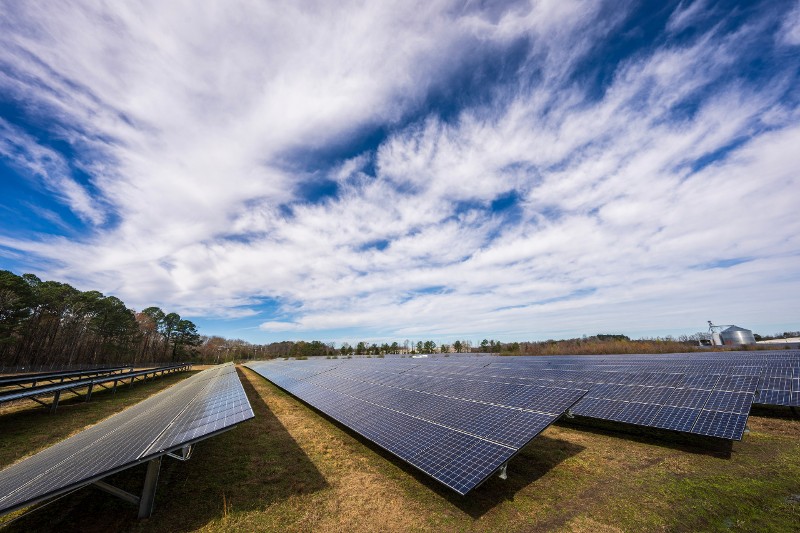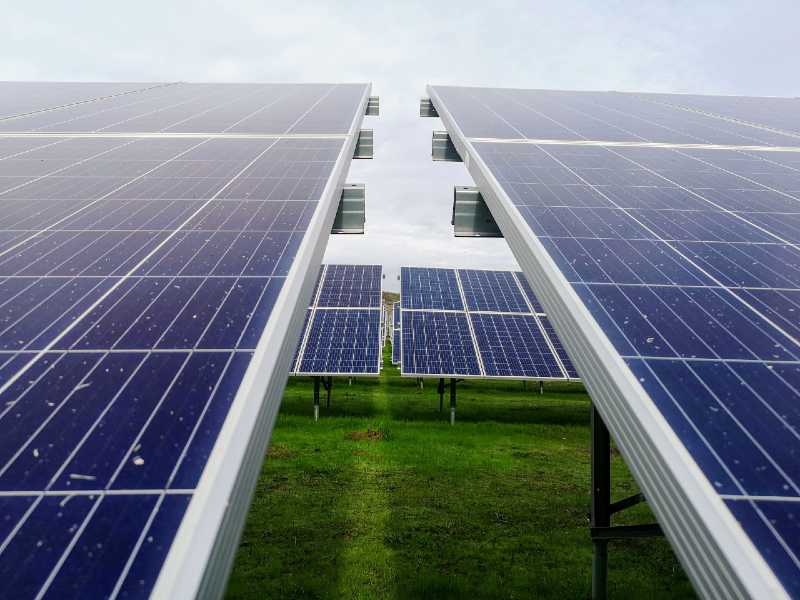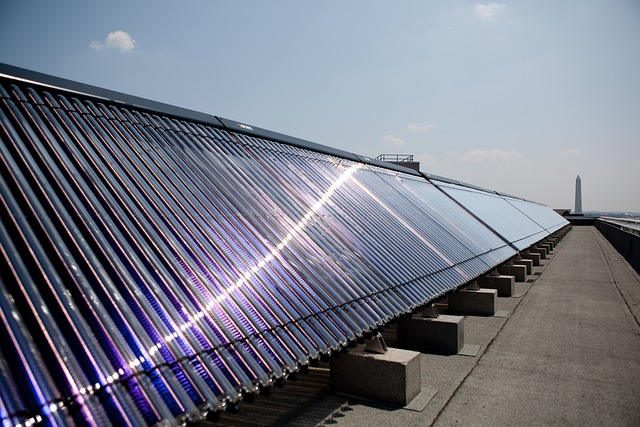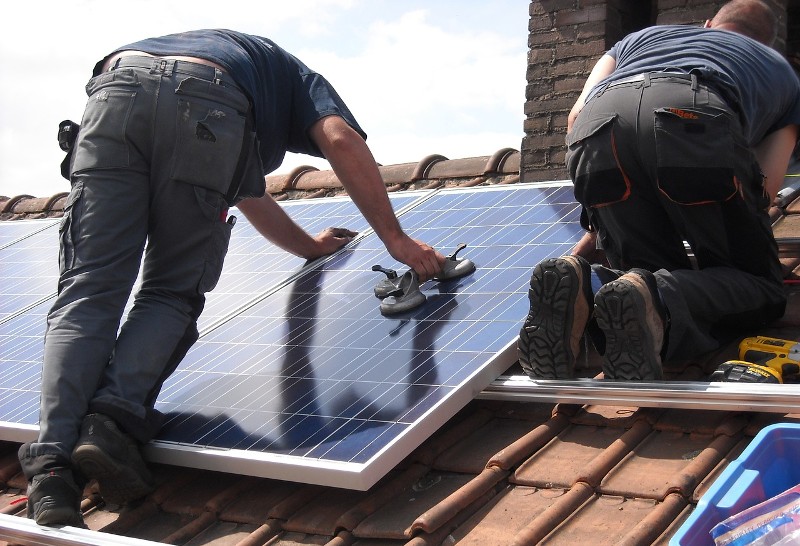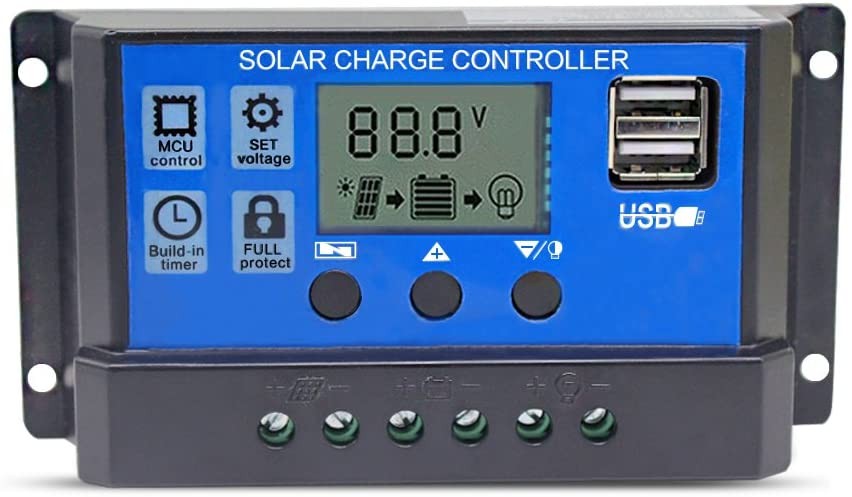The rising popularity of solar technology has made many homeowners turn into solar power enthusiasts.
However, the location of the panels plays a crucial role in maximizing solar energy efficiency.
This brings us to an important question — can you put solar panels on an east-facing roof?
The short answer is yes.
You can install solar panels on an east-facing roof but this will generate less electricity than a south-facing roof.
In this article, I’ll walk you step by step to understand the best direction for solar panels and whether you should install them on an east-facing roof.
Key Takeaways
- The best direction for solar panels in the US is south-facing because it receives the most sunlight throughout the day.
- South-facing solar panels generate more electricity than east-facing panels.
- East-facing roofs generate 15% less power than south-facing roofs.
What Is the Best Direction for Solar Panels to Face?
The best direction for solar panels to face is south.
The United States is located in the Northern Hemisphere, where the sun rises in the east and sets in the west.
So, the sun spends most of its time in the southern sky throughout the day.
In other words, the sun shines above the Equator or close to it.
Its path crosses north of the Tropic of Cancer (23,4°N Latitude) almost all year long, meaning that the sun is always in the southern sky.
This makes the south the ideal direction for solar panels to get maximum exposure to the sun’s rays and capture the most amount of energy.
But of course, this will change if you live in the Southern Hemisphere such as Australia.
Since the sun rises in the north and sets in the south, solar panels facing north will get the most direct sunlight there.
For our example, let’s assume that you are in the Northern Hemisphere, but the only available spot for your solar panels is an east-facing roof.
What Are the Benefits of Pointing Your Solar Panels South?
Aside from capturing more energy from the sun, there are several benefits to pointing your solar panels south in the Northern Hemisphere.
Let’s start with net metering.
Net metering is when you are credited for any extra energy your solar panels produce that gets fed back into the grid.
So if your state offers net metering, the best direction for your solar panels to face is south.
Solar panels facing south will capture more sunlight during peak hours, which is when the utility company needs the energy the most.
This in turn will increase the credits you get from the utility company for your extra energy production.
The south-facing solar panels are also great with solar batteries.
The batteries store the energy your solar panels produce and you can use it at night or when the sun is blocked by clouds.
Since south-facing solar panels capture more energy throughout the day, they will charge your batteries much faster.
This means you get to take full advantage of your stored energy whenever you need it, especially on gloomy days.
But the most important benefit of south-facing solar panels is if your utility uses Time of Use (TOU) billing.
It’s a billing system that charges you based on when you use electricity, with peak hours being the most expensive which are between 4 pm and 9 pm.
And south-facing solar panels produce more energy during peak sun hours starting from noon to early afternoon before sundown.
So, they can generate enough energy to cover most of your usage during peak hours, potentially saving you a lot of money.
Can I Still Use East Facing Solar Panels?
You can still use east-facing solar panels and benefit from them, but their performance will be lower than south-facing ones.
Solar panels facing east will generate 15% less energy than south-facing solar panels.
But if you live in California, east-facing solar panels mostly won’t work for you.
This is because new homeowners in California are required to have a TOU billing system.
Since east-facing solar panels won’t generate enough energy to cover peak hour usage, it will be difficult to benefit from the system.
Do Solar Installations Face East Require Net Metering?
Solar installations that face east generally require net metering.
This is because the energy produced by east-facing solar panels is lower than south-facing ones.
So, net metering helps to even out the production and consumption of electricity.
To understand this better, let’s work with an example.
Let’s say your solar system produces 1,000 kWh of energy every month but your home one month happened to use 1,2000 kWh of energy.
The net metering system would credit you for the extra 2,000 kWh and this will help to make up for the lower production from east-facing solar panels.
This changes if you don’t have net metering.
If you have east-facing solar panels and don’t have net metering, you will end up with a monthly electricity bill instead of a net credit.
FAQs
Is East or West Best for Solar Panels?
West-facing solar panels will receive most of the sunlight between mid to late afternoon. However, since electricity rates tend to be lower at night, west-facing solar panels will not be as effective as east-facing or south-facing ones.
Can I Have Solar Panels on an East-West?
You can have solar panels on an east-west orientation, but the energy production will be lower than south-facing solar panels.
What Side of the House Is Best for Solar?
The south side of the house is generally best for solar because it receives more direct sunlight during peak sun hours.
Conclusion
As promised, we’ve discussed the benefits of south-facing solar panels, their advantages compared to east-facing ones, and why they require net metering.
If you ask me, I’d recommend going for south-facing solar panels as they can help you run your entire house with fewer solar panels.
But if east-facing solar panels are your only option then don’t let that stop you as long as you have the right net metering system in place.
Do you still have questions? If so, let me know in the comments below and I’ll be happy to help.

